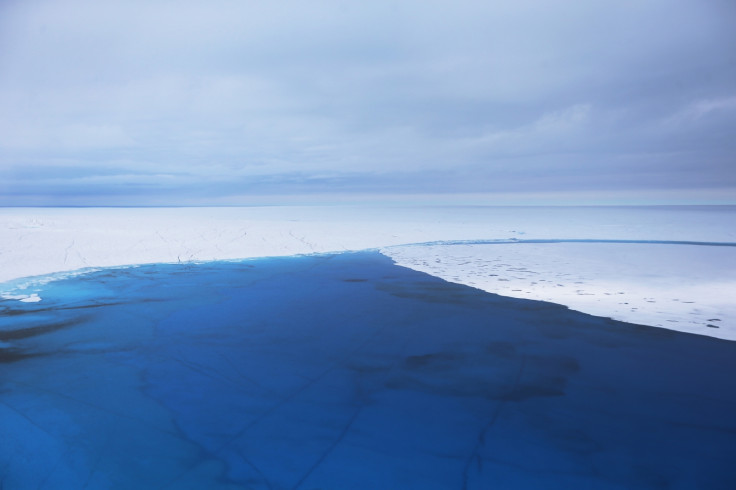Greenland's ice sheet is melting quicker than we thought
Underestimates of the rock mass flows beneath Greenland have led to incorrect assessments of loss of ice.

The Greenland Ice sheet may be melting more quickly than previously thought. A hotspot under the surface of the Earth is believed to have soften the rock mantle beneath Greenland in the past, but this was not properly taken into account in scientists' measurements, which means they might have underestimated the loss of ice between 2003 and 2013.
The origin of this "soft" mantle dates back to 40 million years ago, when parts of Greenland's east coast passed over a hotspot of molten rock which now lies underneath Iceland. The rocks deep below the surface of Greenland were softened due to the heat, altering the viscosity of the mantle as a result.
Furthermore, the last Ice Age 21,000 years ago brought significant changes to Greenland's ice sheet and to the mantle beneath – changes which continue to be felt today and have to be considered when assessing how fast ice is melting at present.
During this last glacial maximum, Greenland's ice sheet weighed a lot more, causing the crust to sink in the softened mantle below. But when the Ice Age came to an end, the ice sheet melted and the crust began to rebound.
Why the model may be wrong
This process is still ongoing, going together with a complex mass flows of rocks inwards and upwards beneath Greenland's ice sheet. It is these flows that the scientists have failed to model accurately to assess the extent of ice-melt, the study published in Science Avances argues. They had used Gravity Recovery and Climate Experiment (GRACE) satellites to get an idea of changes in the ice mass, but without an accurate measure of mass flows, this method can lead to errors.
"GRACE measures mass, period. It cannot tell the difference between ice mass and rock mass. So, inferring the ice mass change from the total mass change requires a model of all the mass flows within the earth. If that model is wrong, so is the ice mass change inferred from GRACE," co-author Michael Bevis, from The Ohio State University, explained.
Mass flows can be estimated based on the viscosity of the mantle below, but the problem here is that researchers had assumed previously that below Greenland, there was a fairly typical mantle viscosity. They didn't considered the role played by the hot spot 40,000 years ago beneath the eastern Greenland coast, which led them to underestimate the mass flows of rocks beneath the ice sheet – and thus the total ice mass change.
Now taking this into account, they find that Greenland did not lose about 2,500 gigatons of ice from 2003-2013, but nearly 2,700 gigatons – a 7.6% difference. "It's a fairly modest correction. It doesn't change our estimates of the total mass loss all over Greenland by that much, but it brings a more significant change to our understanding of where within the ice sheet that loss has happened, and where it is happening now", Belvis concluded.
© Copyright IBTimes 2025. All rights reserved.






















